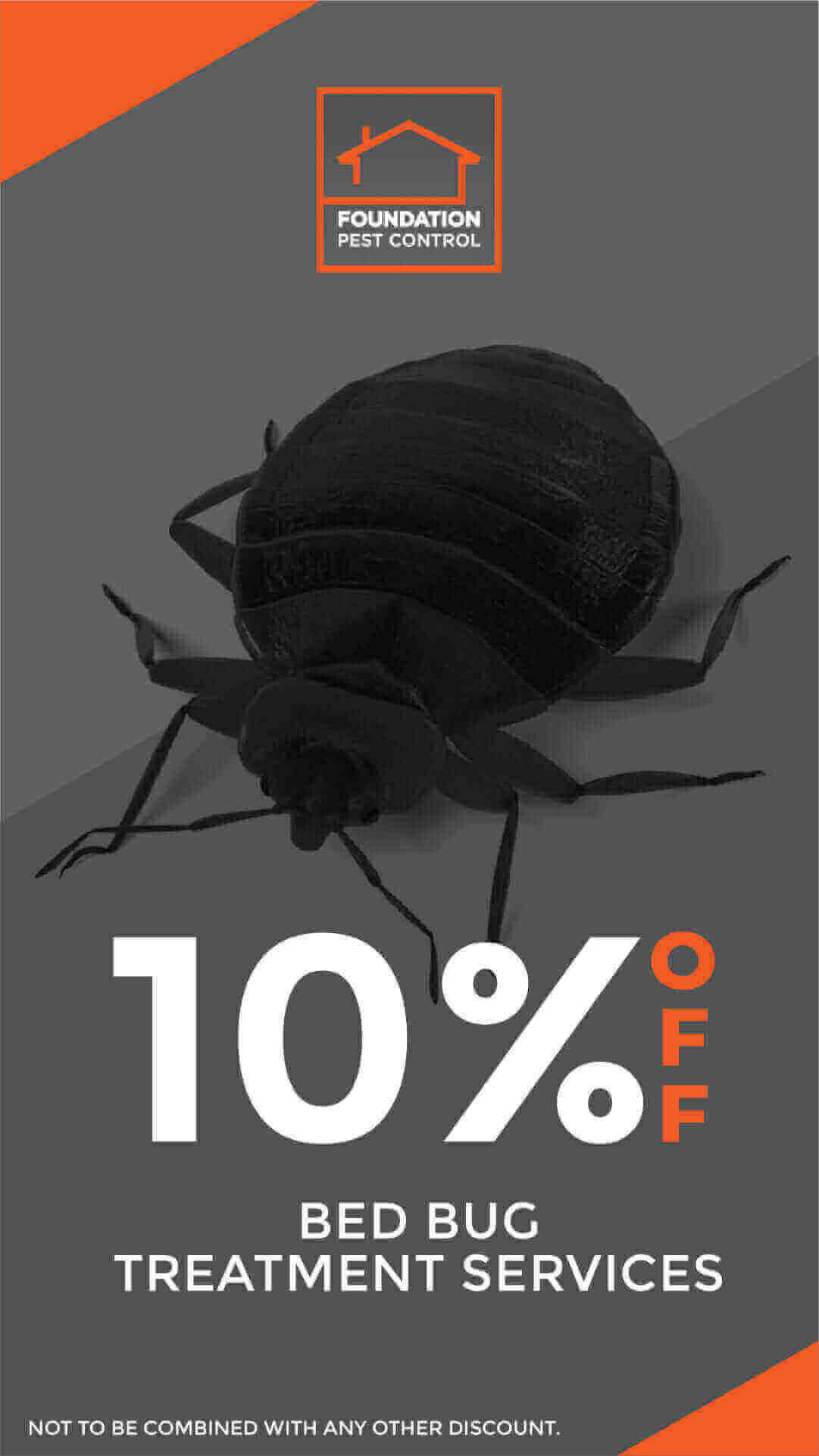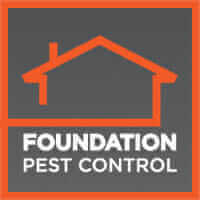
Foundation Pest Control offers expert pest management solutions for homes and businesses in Memphis and surrounding areas. Serving our community with eco-friendly treatments, we ensure a pest-free environment using advanced technology and personalized service. Trust us for efficient, reliable pest control in Memphis, Arlington, Lakeland, Germantown, and Collierville.
There are many different kinds of flies that can make your home their home. One particularly pesky type is the drain fly. If you’ve ever noticed these tiny insects flying or resting near your bathroom or kitchen sink, you’ve likely wondered what they are and why they’re there. Keep reading to find out exactly what causes drain flies and how you can prevent them.
What Does A Drain Fly Look Like?
Drain flies have a pretty distinct appearance. They are not the best flyers and instead move in more of a hopping motion slowly through the air. They are often called “moth flies” because they look like moths. Here are some of the drain fly’s identifying characteristics:
- Drain flies can be anywhere from 1/16 to ¼ of an inch.
- They have dark, winged bodies that range from gray to dark brownish-black.
- Their wings are covered in fine hairs, which is why they look similar to moths.
Adult drain flies are nocturnal, though you may see them resting on the wall during the day. They will fly away if you try to hit or brush them away.
What Causes Drain Flies?
Drain flies are attracted to standing water as all we moist, decaying organic matter. Similar to mosquitoes and gnats, drain flies breed in water. They especially love to breed in areas with shallow, dirty water and organic matter like food waste. This is because drain fly larvae feed on much and the building of organic matter. Drain flies lay their eggs in irregular numbers and can lay anywhere from 10-200 eggs at once. Once the eggs are laid, they hatch in about one to two days. Next, they spend about 9-15 days in the larval stage, feeding and developing before they enter the pupal stage for 20-40 hours, then they finally are able to emerge as adults.
The drain fly life cycle can be completed in as little as eight days or as long as 24 days, depending on the temperature and other environmental conditions.
Adult drain flies feed on the same organic matter that their larvae feed on, with the addition of flower nectar. Drain flies can infest both homes and commercial properties, namely sewage treatment plants.
In your house, you are likely to find drain flies after being away from home for some time after there has been time for standing water to accumulate and remain. If this is the case, it’s likely that your drain fly issue will resolve itself once you resume normal activities and the water starts moving again. But, if you’re dealing with many drain flies, that’s not always the case, and you may need to call in the pros.
Other areas in and around your house where you may find drain flies include:
- Infrequently used bathrooms
- Air conditioner pipes
- Toilet tank
- Moist compost
- Dirty garbage cans
- Places where rainwater collects
Drain flies are not known to bite humans, but they can still cause health problems, notably when someone breathes in dust or pieces of dead drain flies. What’s more, drain flies can transmit microbes picked up from the filthy areas that they live and breed in.
Getting Rid of Drain Flies
You must eliminate all standing water and keep your kitchen and bathroom as sanitary as possible to prevent and get rid of drain flies and their larvae. If you are struggling with controlling a drain fly problem, contact the professionals at Foundation Pest Control.
Contact Foundation Pest Control Today!
No matter what kind of pests you are dealing with or looking to prevent— big and small,
rest easy knowing you can count on the expert team at Foundation Pest Control to take care of your pest problem and get your household back to living comfortably. We have been protecting Memphis families for more than 20 years.

